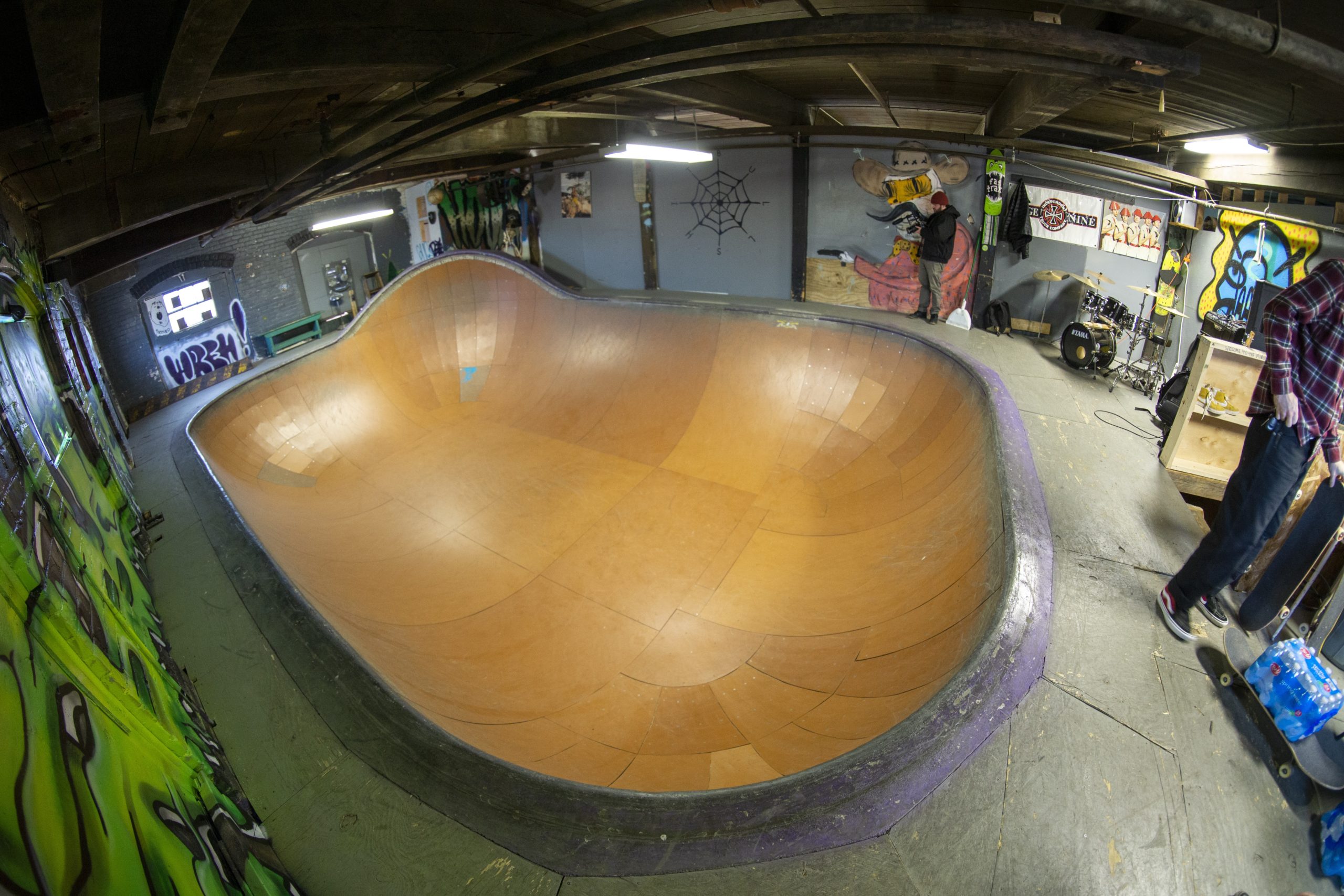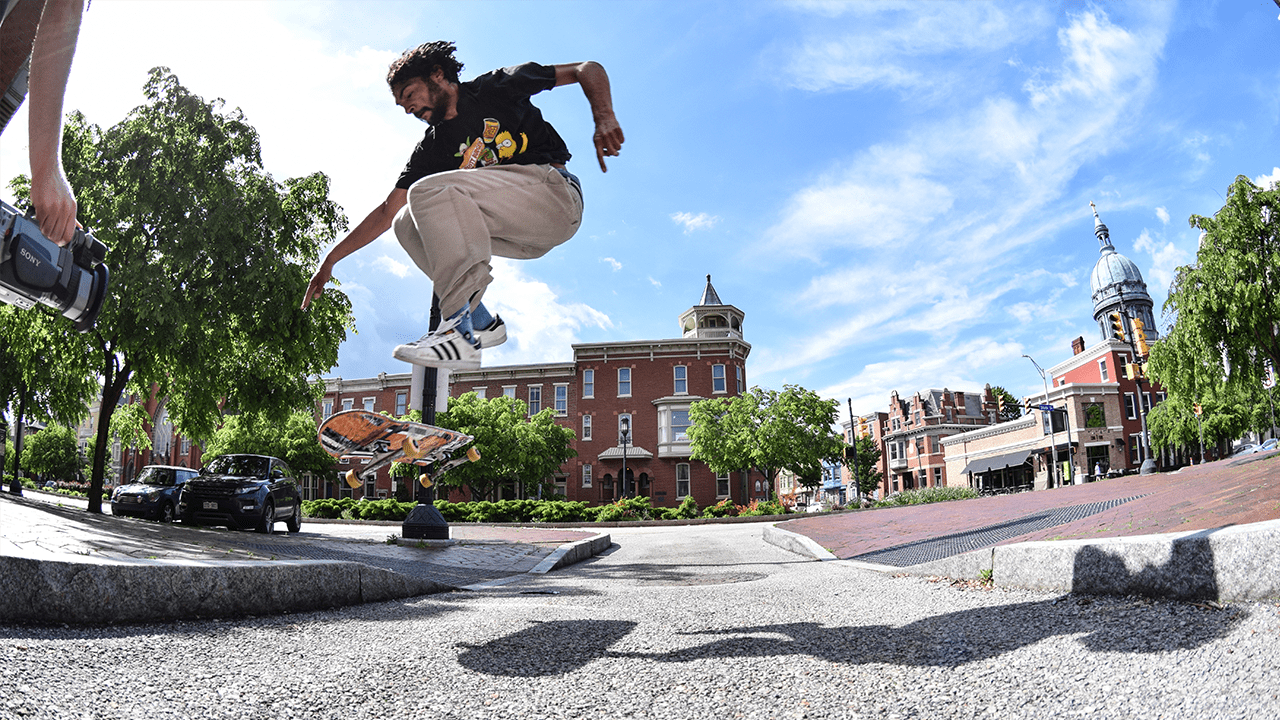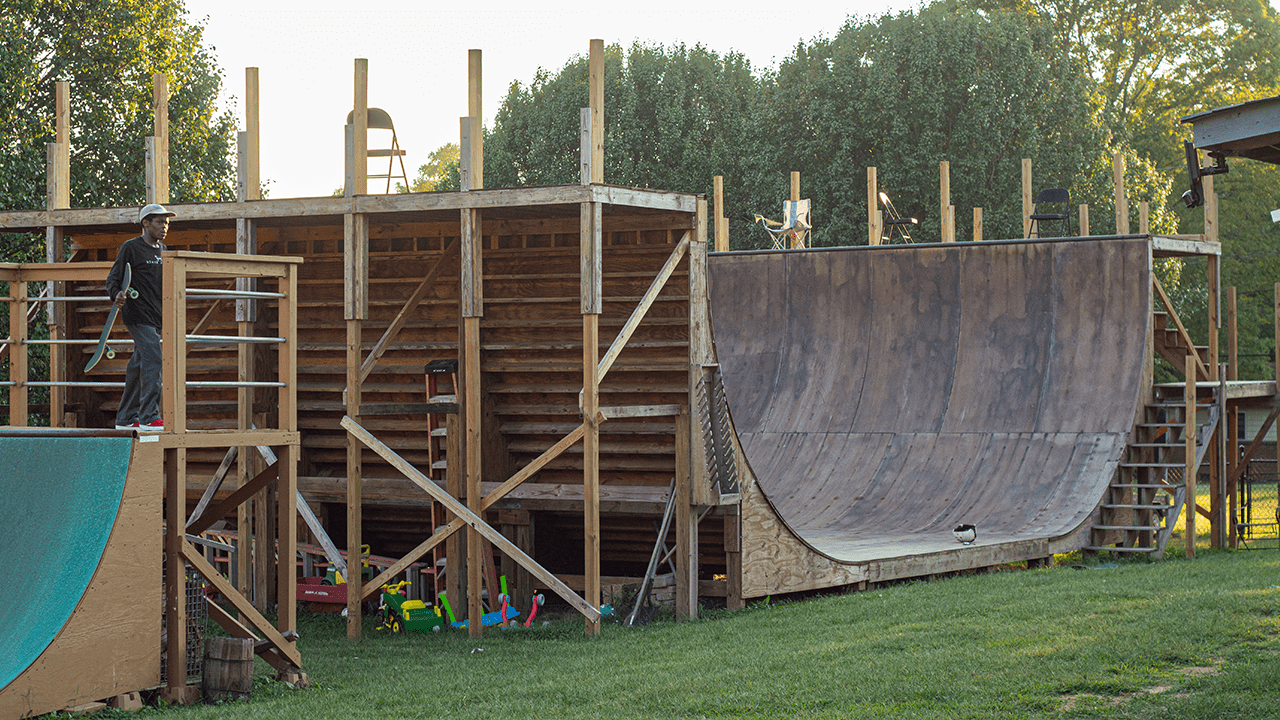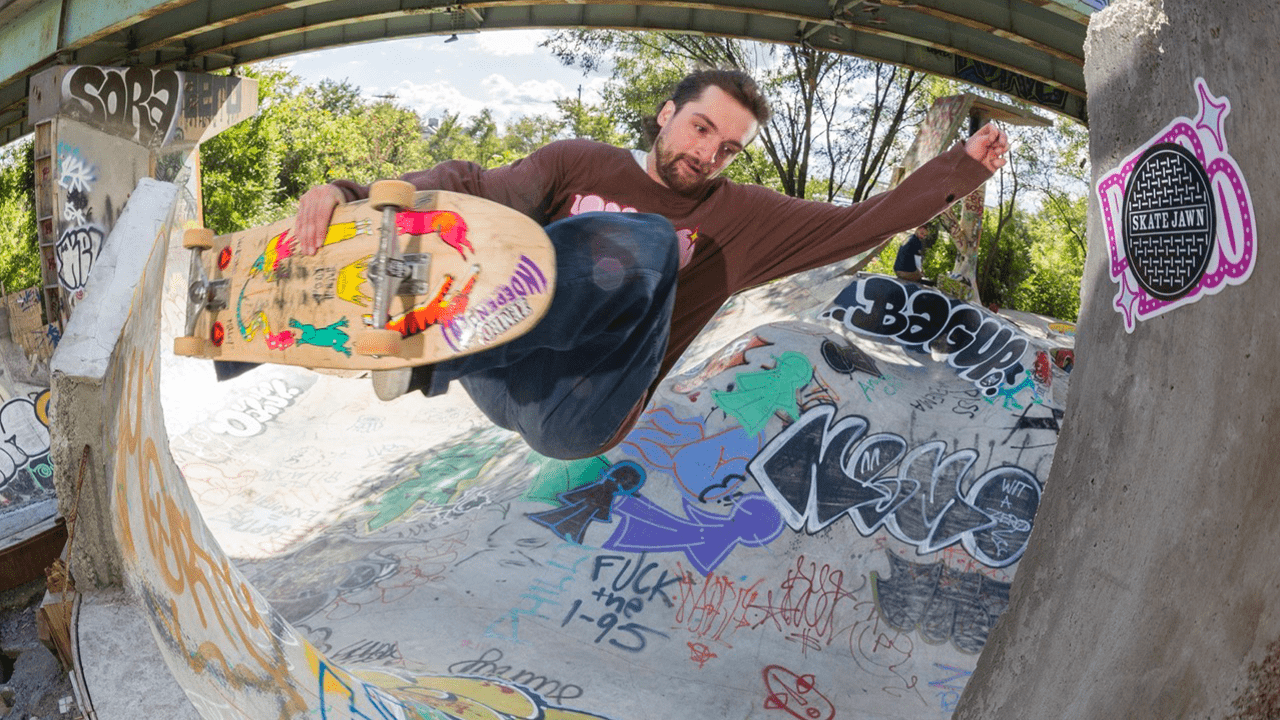Words by Larry Davis
Archival photos by Matt Boucher.
Video and editing by Max Hull.
Somewhere around 2015, a third floor space in an old mill building changed hands to a group of skaters in western Massachusetts.
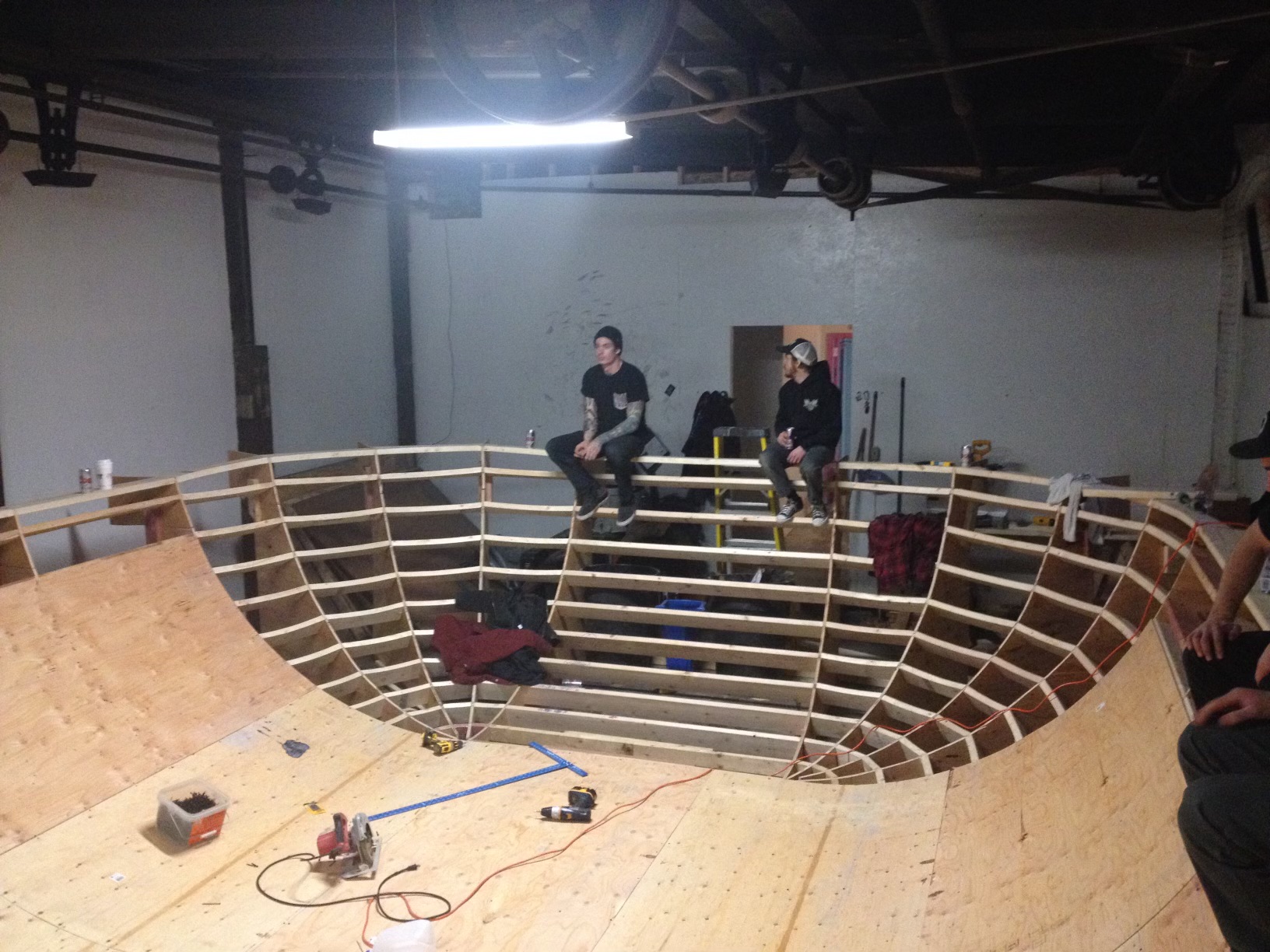
A crew came together to resurrect the spirit of the Chicopee Bowl with an indoor jawn to get away from the harsh winters of the northeast. Spearheaded by keyholder Paul Collins, the bowl has provided some quality sessions for skaters from all over New England for the last seven years.
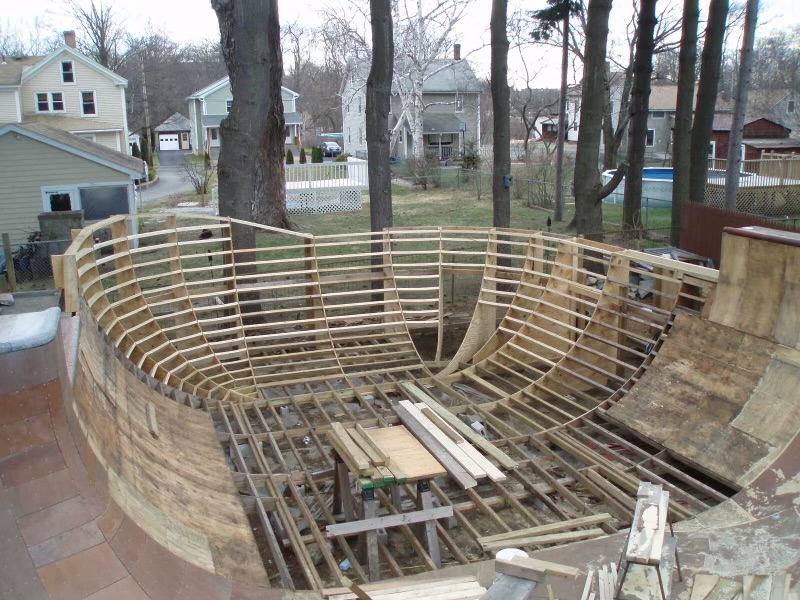
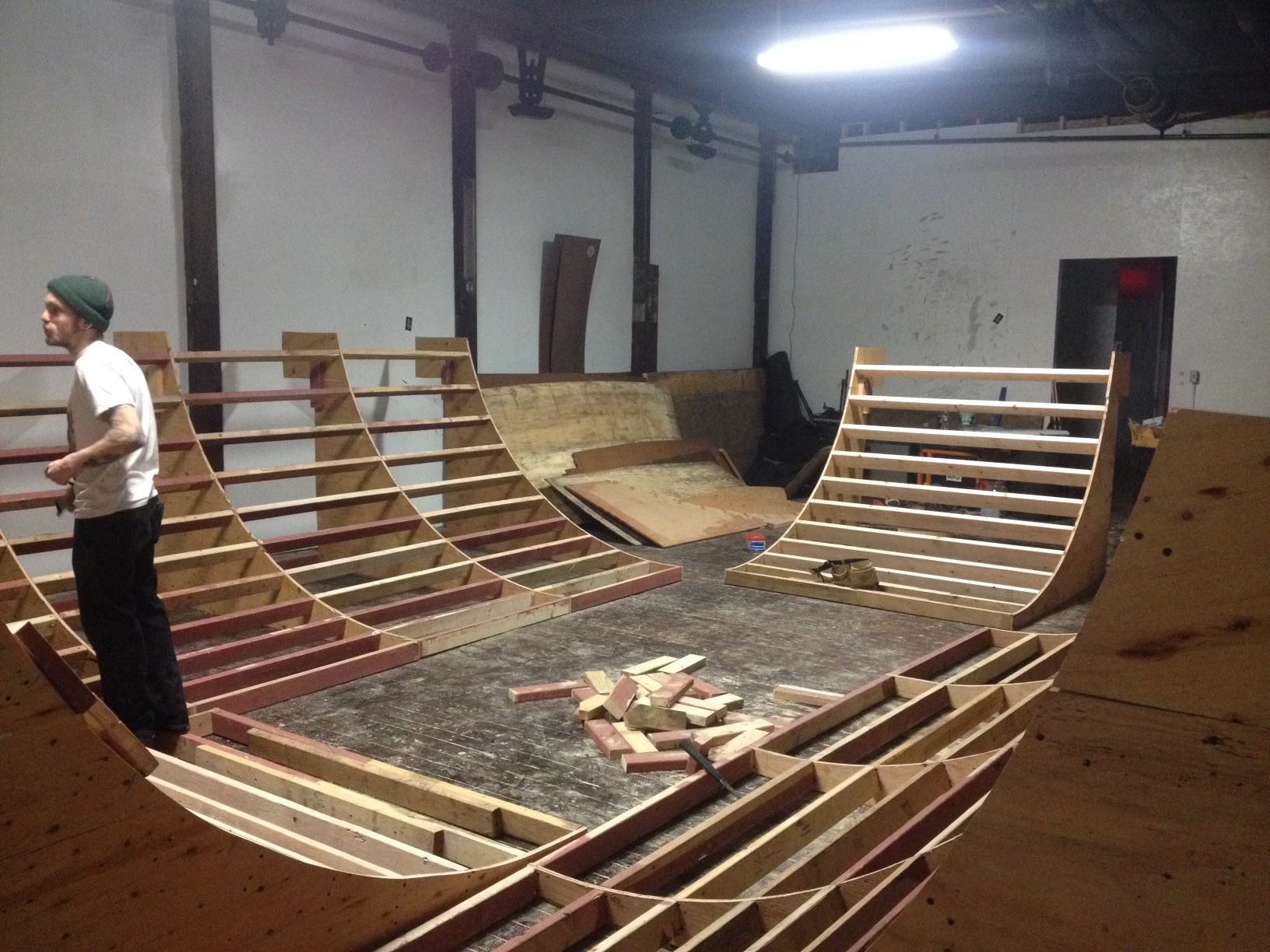
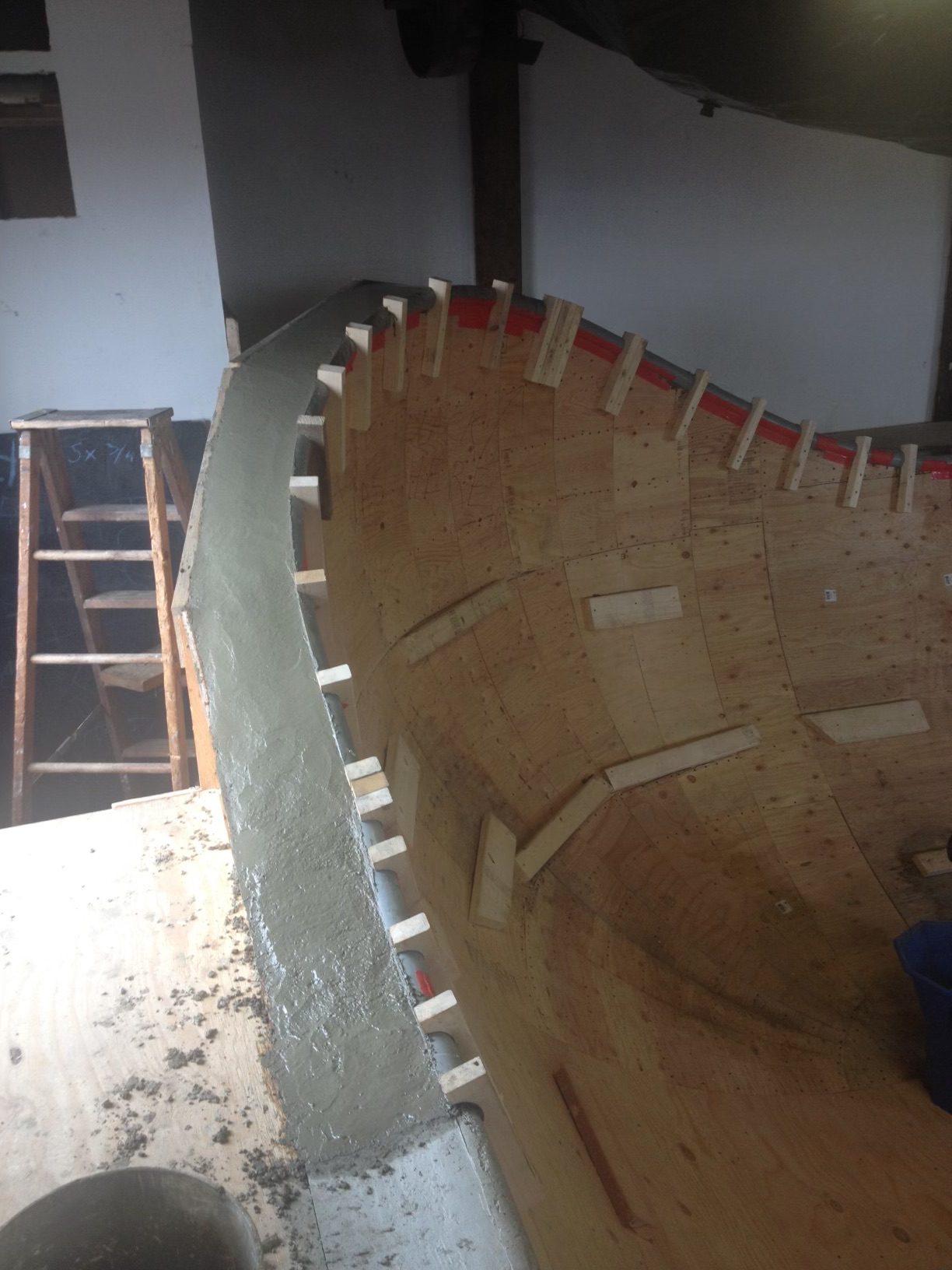
What was initially an empty room quickly turned into a raised bowl with an oververt cradle and an extra large deck. Everyone just had to figure out how to get all the old and new materials up three flights of warehouse stairs with no elevator first. It’s a 4’10” bowl with 6″ transition, uncoincidentally the same specs as the Chicopee Bowl. It went through a couple phases, with the top sheets being replaced with Ramp Armor after a year or two, along with a new single pour coping around the entire bowl. Again, just like the Chicopee Bowl.
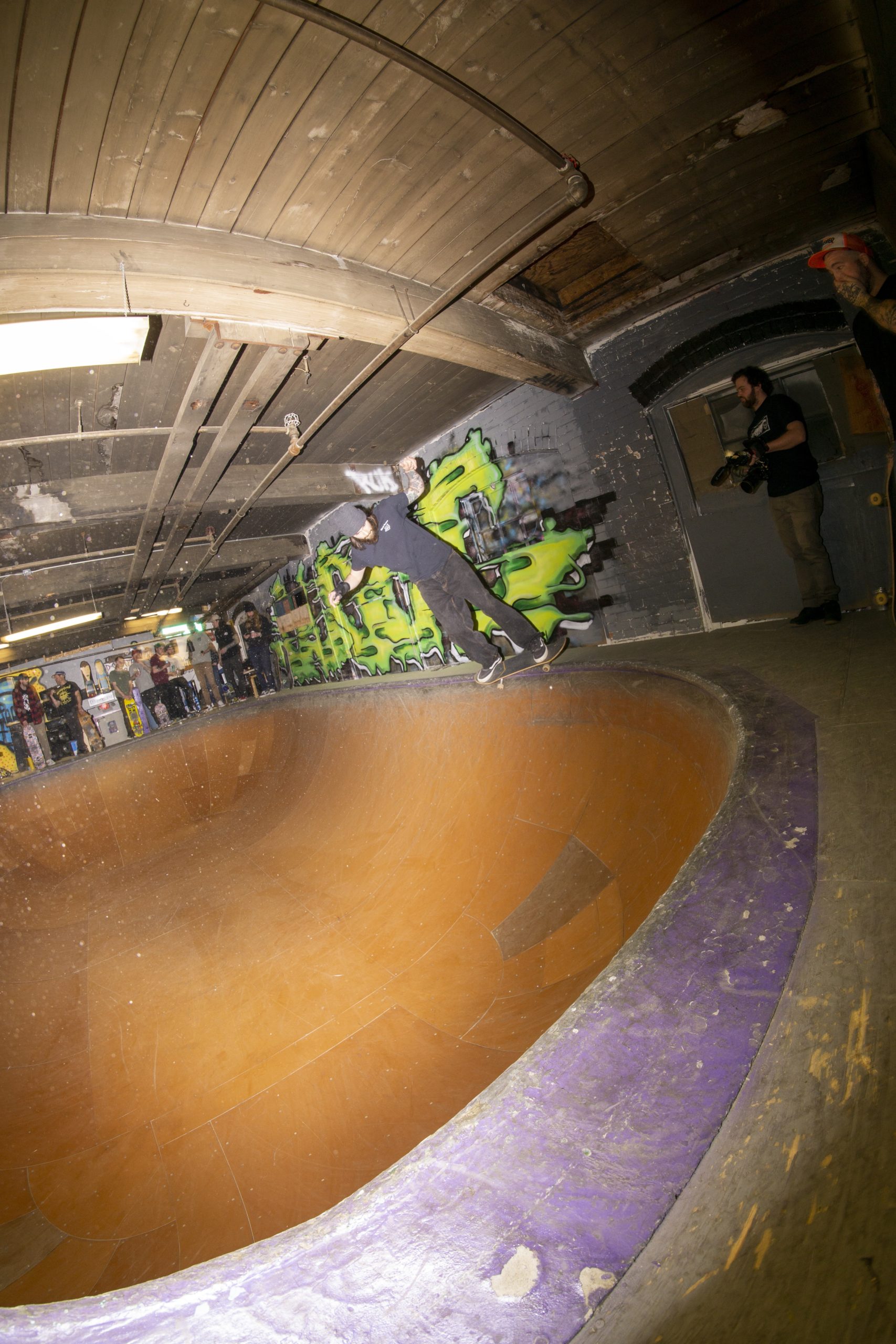
They poured the coping in place and besides a block or two being added, it’s continuous coping and it feels and sounds incredible. There’s a good sound system, mini fridge, drum set, roof access, and across the hall there’s a DIY music venue that puts on indy hardcore shows on the weekends. Vintage resellers, music equipment rentals, and multiple artist studios populate the building.
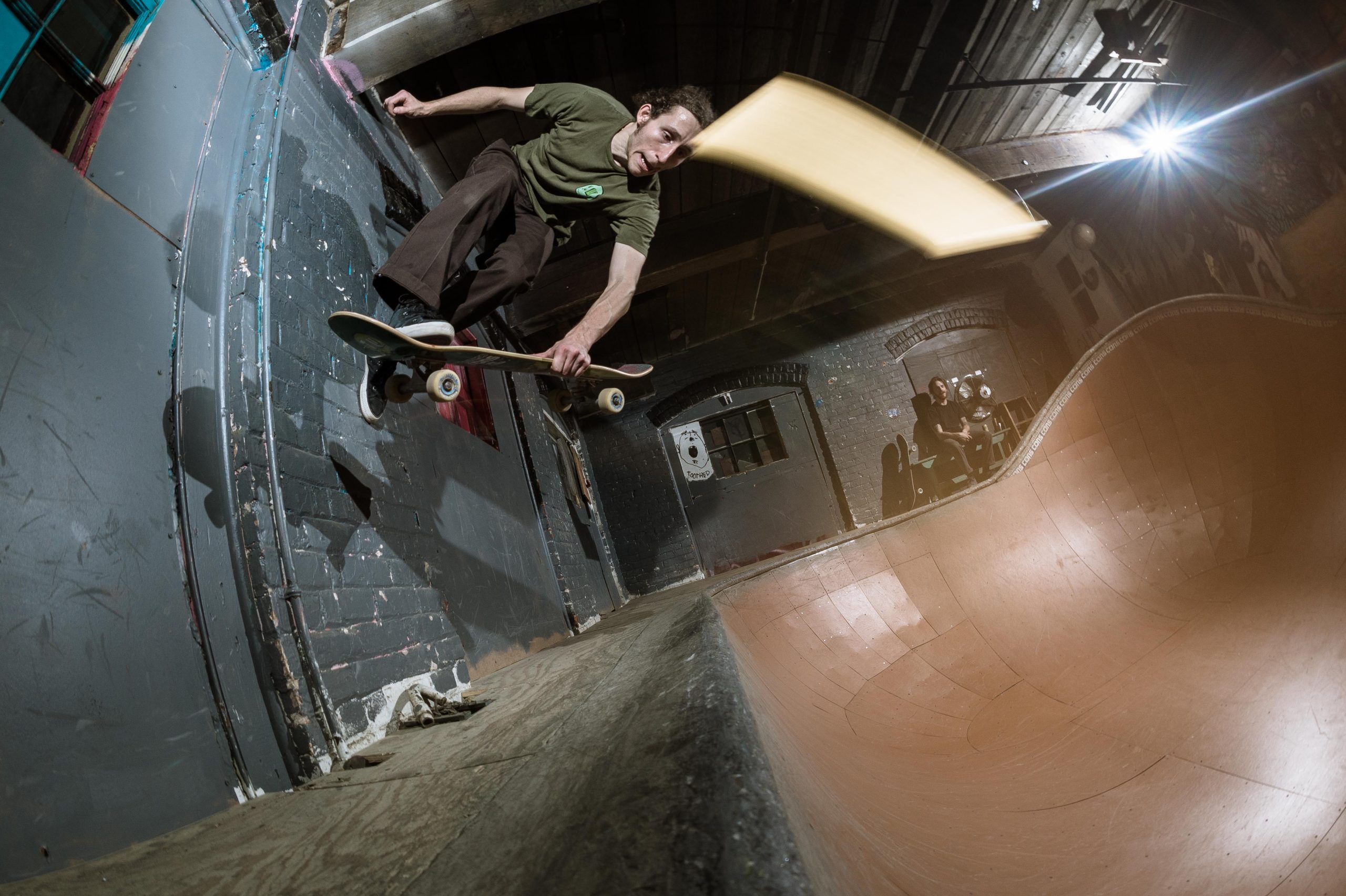
There’s even a limo rental garage on the first floor, along with a weed dispensary that’s open late seven days a week. Legal weed is cool and all, but one of the hidden aspects of the marijuana industry up here is the amount of space it takes to cultivate and operate an indoor grow op in the northeast.
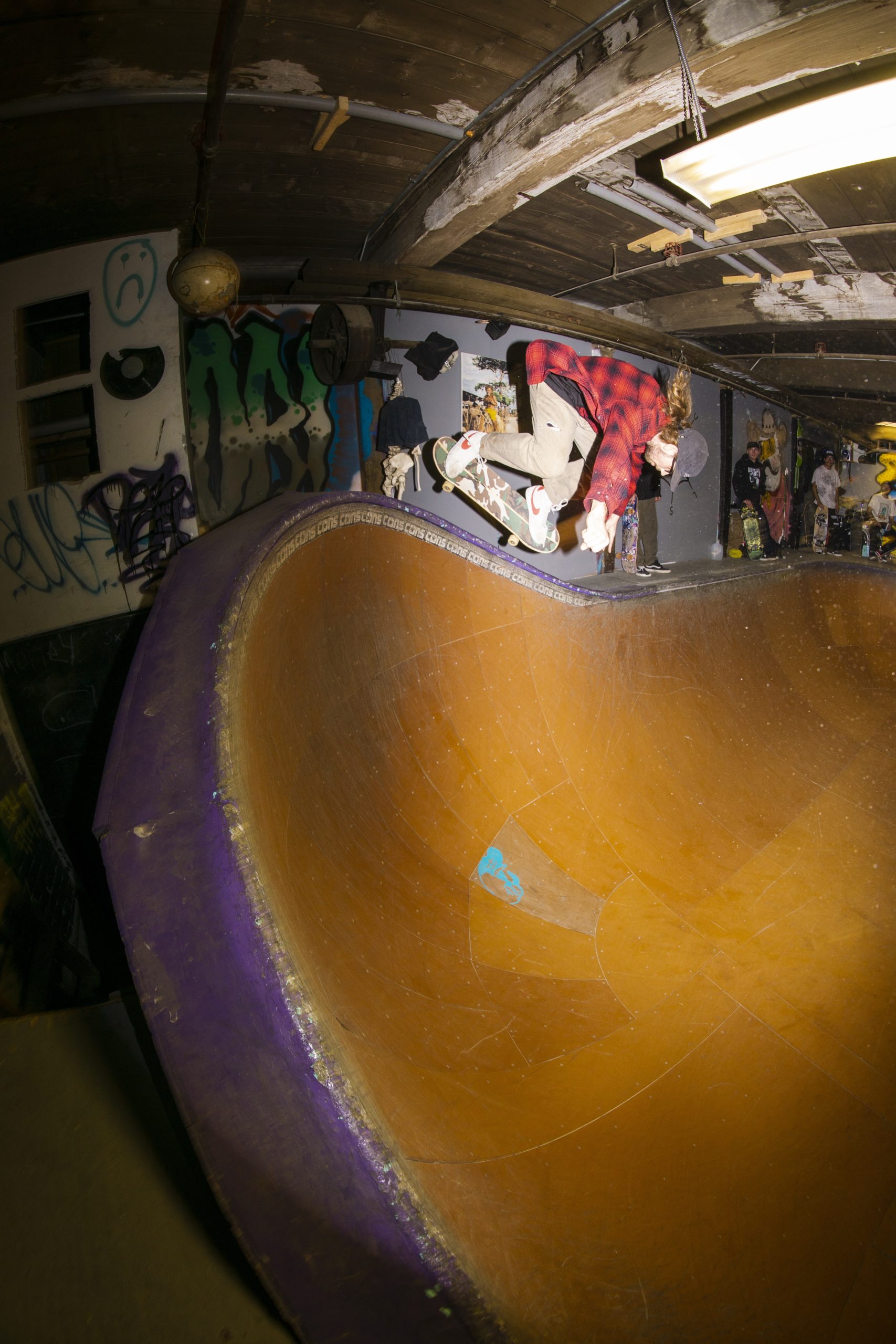
Holyoke is one of the oldest incorporated cities, and was the first to be mapped out by canals and their hydroelectric power. This created the need to build massive buildings to operate hydroelectric power plants, or paper and textile mills mostly. All of these industries died out over the last hundred years, paving the way for people to inhabit these buildings for dirt cheap or just straight up squat. Then weed became legal and developers saw an opportunity to capitalize on these giant old buildings that needed millions in remediation work. Instead of creating more affordable housing in an impoverished city that desperately needed it, they decided it’s much more profitable to rent it out to weed moguls who can fill the space with plants while doing the bare minimum to get the building up to legal code.
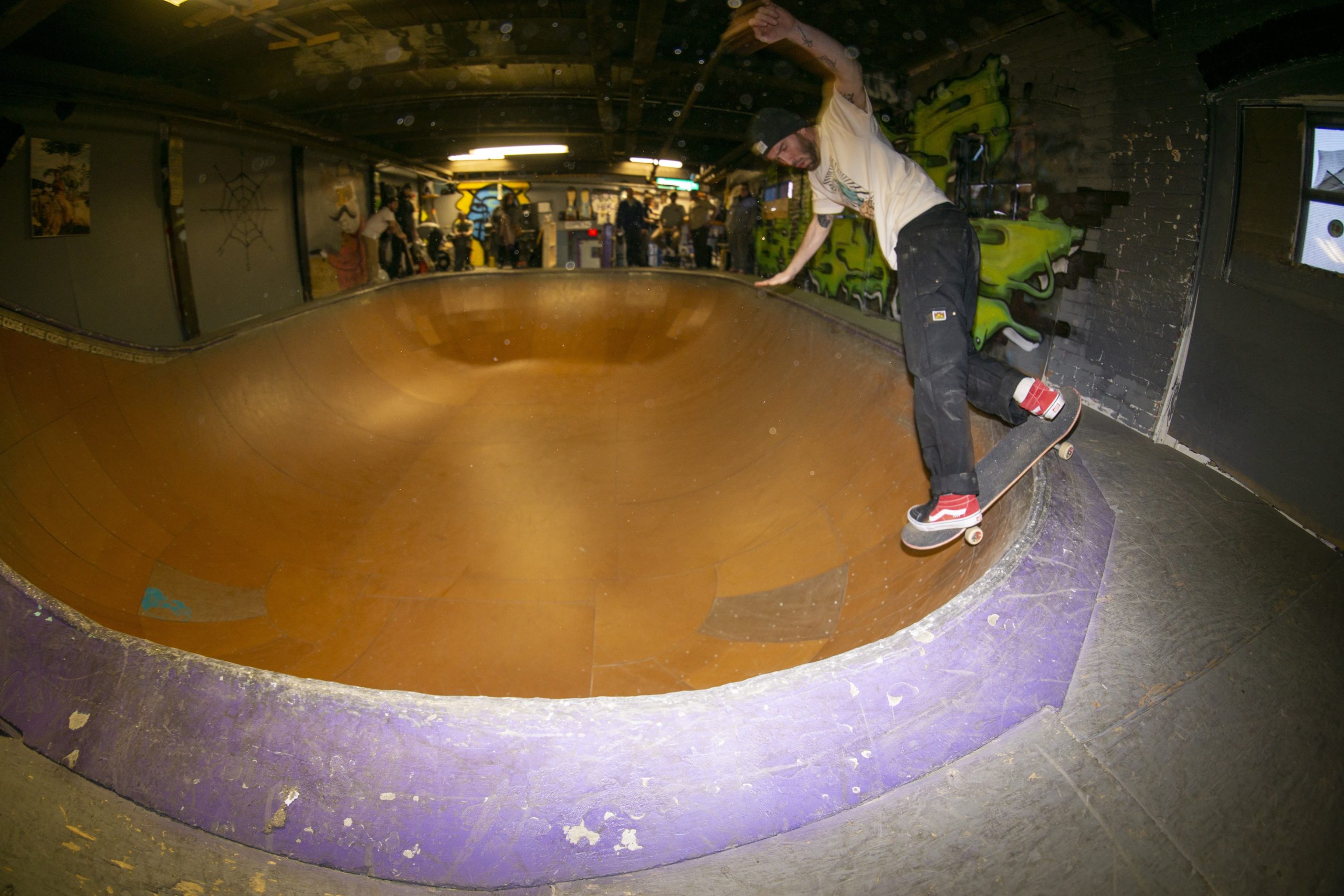
Hopefully this warehouse is safe, but if it comes down to it, don’t expect any of the bowl to be disassembled and moved along to a next life. According to OG builder Matt Boucher, “None of that bowl is coming down the stairs, that thing’s coming down when the building does.”
